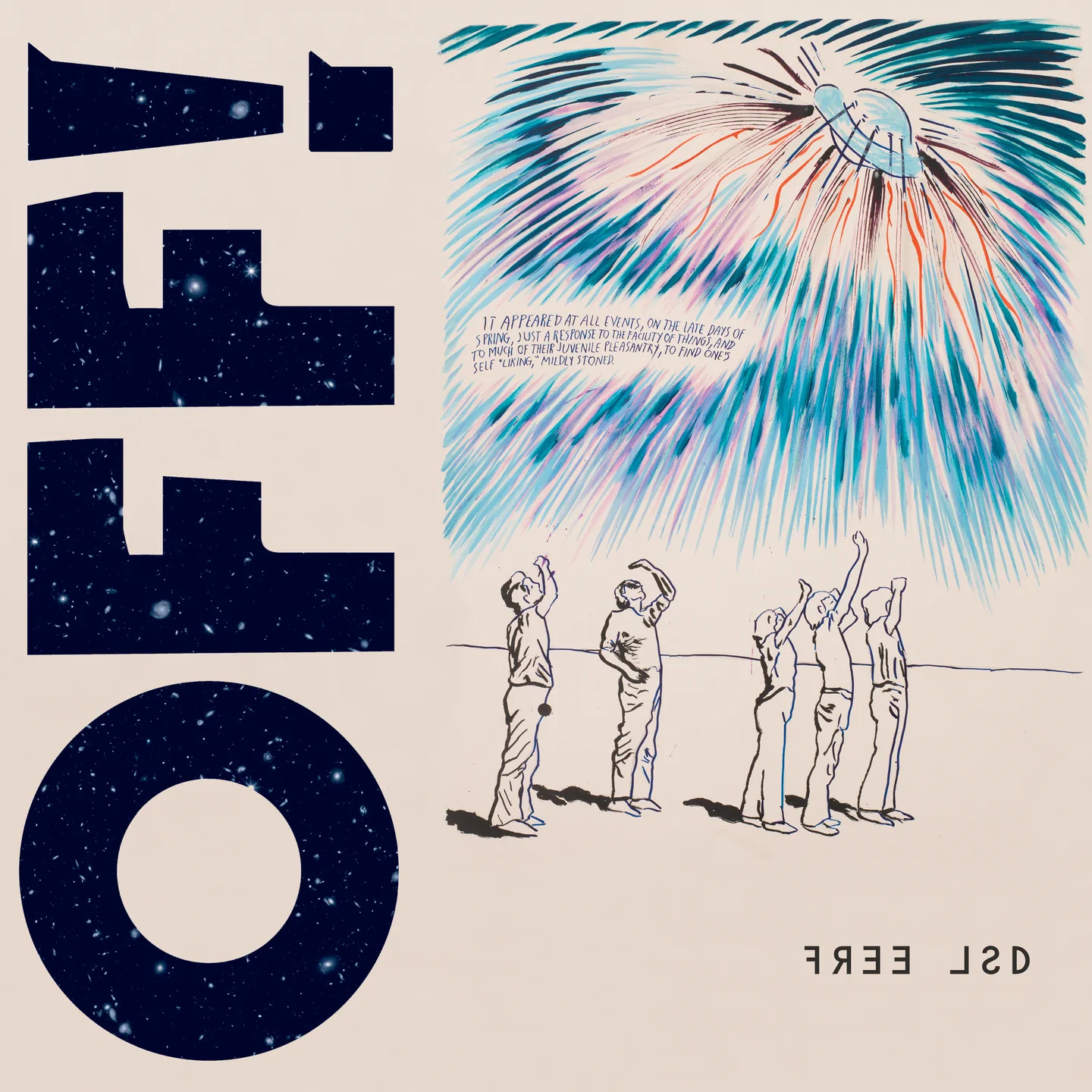

There is a semi-plausible theory that the members of Cromagnon later went on to form experimental rock giants The Residents and audio-tricksters Negativland, which would explain a lot, but nevertheless, Orgasm remains one of the wiggest-out albums of the 60s. It’s followed by Ritual Feast Of The Libido, which sounds like a man being tortured to death while someone plays a game of ping pong in the next room. Opener Caledonia sounds very much like Swiss Black metallers Celtic Frost wrestling a bagpipe to death. It’s difficult to hear where the bubblegum songwriters or the mysterious tribe are amidst the screaming and clamour of 1968’s Orgasm.
#Mixlr freak flag free
When the Esperanto dream died, they became a free jazz label and experimental music label, the perfect place for a project as loony as Cromagnon. Initially, their plan was to produce albums recorded in Esperanto, a hopeful but rarely used ‘auxiliary language’ that failed to catch on in the US. Their music reflected the tenets of the church, and over a quiet, graceful flickering of acoustic guitars, Taylor sang his plaintive death ballads: “ Can’t you see the world is burning?/ Can’t you feel its fire burning? Don’t you know we are all burning?”Īnother band obsessed with the end-of-all-things was Cromagnon, whose Orgasm album is certainly the first psych-industrial album ever released, and may very well be the most nerve-jangling and outright terrifying of the era.Īs with many one-offs from the 1960s, Cromagnon’s history is unclear and rife with speculation, but the prevailing rumour is that the band was formed by Austin Grasmere and Brian Elliot, two pop songwriters who claimed to have a string of unnamed bubblegum pop hits under their collective belts when they approached New York’s ESP-Disk label with the idea to record a far-out concept album with a mysterious “Connecticut tribe”, presumably of American Indians, but who knows. One such outfit was the innocuously titled Changes, an acid-folk duo from Chicago (cousins Robert Taylor and Nicholas Tesluk) who got their start playing in a coffee shop run by members of The Process Church of the Final Judgment, a notorious religious sect that fused Christianity and Satanism into one ball of apocalyptic confusion. From hopeless losers to quick-buck schemers, from obvious crackpots to mad-genius visionaries, there is still a wealth of bizarre treasures to be heard deep in the dusty bins of psychedelia.Įven amidst the free love, non-stop ecstatic dancing and freak flag-waving of the psych-rock era, there were a few morbid souls who refused to buy into the delirious notions of peace, love and understanding. It’s here, deep in the nearly bottomless well of regional US psych-rock, that you’ll find some of the wildest, weirdest and certainly the druggiest music that the 60s and its early 70s afterglow had to offer.
#Mixlr freak flag series
Many of these bands would release a one-off album or single that went nowhere and then they’d disappear forever, getting haircuts and jobs and forgetting all about their dodgy past in the realms-of-fuzz.Īmazingly, many of these now-ancient relics have been unearthed via charity shops, garage sales and attic rummages over the past four decades, giving birth to a sort of psychedelic archeology, where hardcore fuzz historians catalogue each loony find in fanzines, online blogs, long-running vinyl and CD compilation series like Nuggets, Rubble, and Lost Jukebox, and dense encyclopaedias like Vernon Johnson’s indispensable Fuzz, Acid and Flowers. But for every psych band that made it, there were dozens that languished in virtual obscurity, freaking freely for no one in particular. Many of these bands had hits and toured the country, spreading the messages of peace, love and acid far and wide. Boston had Ultimate Spinach, Detroit, The Amboy Dukes and so on. In Texas, it was The 13th Floor Elevators and Bubble Puppy. In New York, The Blues Magoos and The Electric Prunes blew minds. Los Angeles had The Doors, The Byrds, Love, and Spirit. Pockets of psych began forming in other parts of the US, as well. The SF acid-rock scene that flourished around 1966 bore the sweetest fruit, and soon the entire world cast their ears westward to hear wild new sounds from the likes of Jefferson Airplane, The Grateful Dead, Moby Grape, Quicksilver Messenger Service, and Big Brother and the Holding Company.


 0 kommentar(er)
0 kommentar(er)
